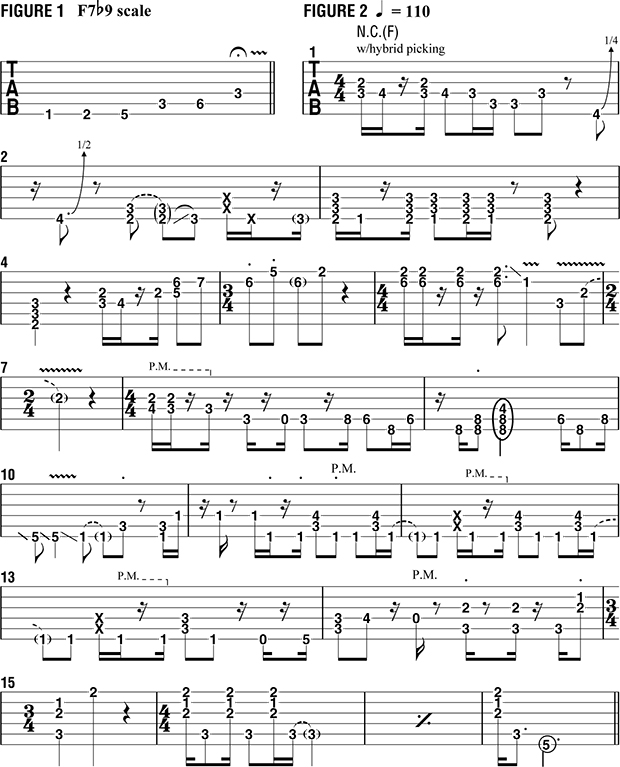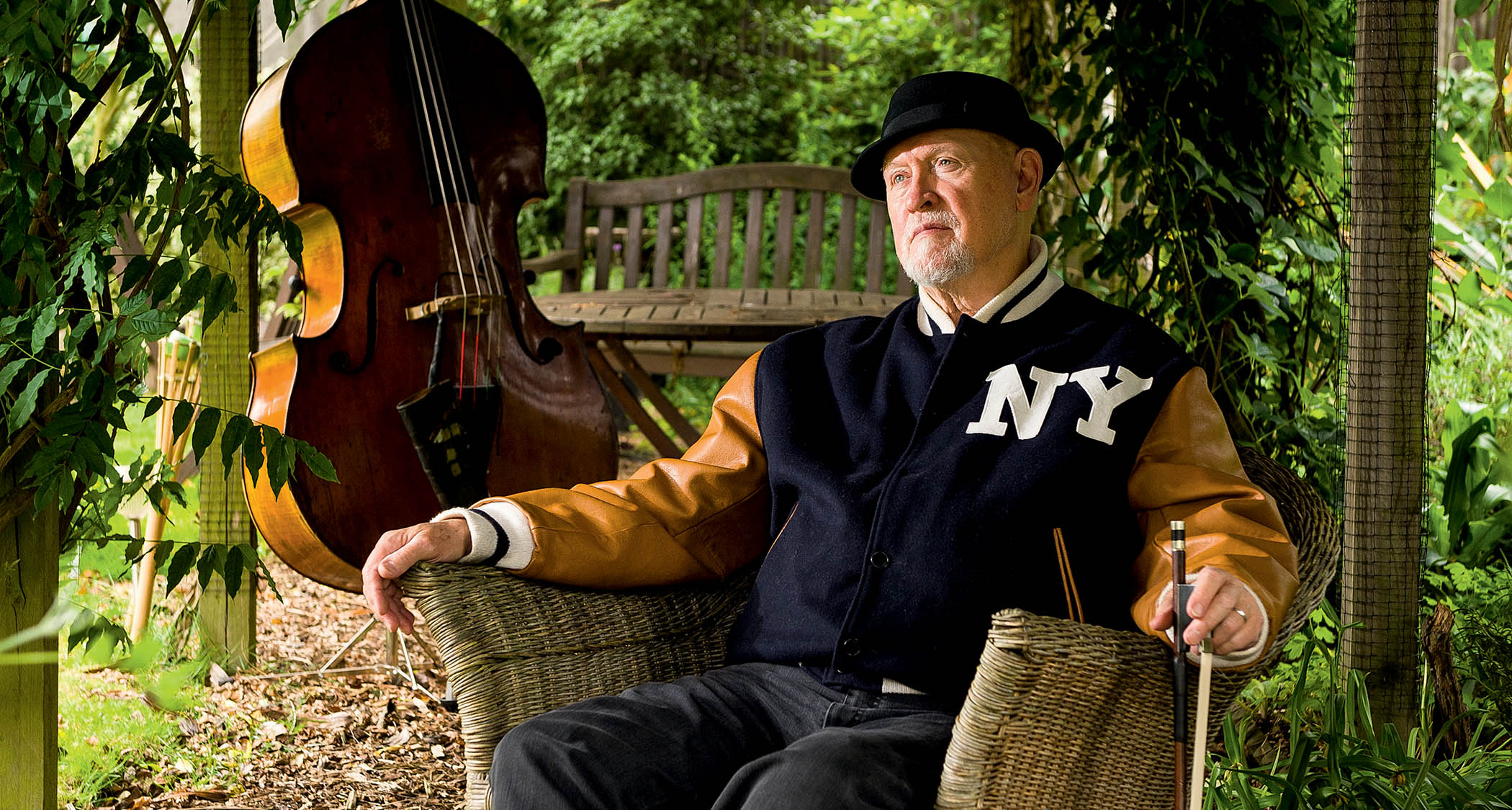All That Jazz: More Tips on Working with a Metronome, Plus an Unusual Scale

Last month I addressed the time-honored routine of practicing to a metronome and detailed what I consider to be the most beneficial way to work with a “click,” as the device is also called. As you recall, the approach involves recording then listening back to yourself playing along with a click. This is an essential part of the learning process in that it is the only way to objectively assess, without the mental preoccupation/distraction, the manner in which you relate to the mechanized beat.
I also emphasized, however, that this is more of a “placement” exercise than a “grooving” exercise, because the focus should be on your awareness of laying into the center of the beat. Once you have a handle on playing squarely in the center of the beat, you can then take the next giant leap into rhythmic freedom and play all around the beat, however you may see fit to do, depending on what kind of feel you’re going for. To me, this skill is as valuable as any other if you want to become an expressive musician who has a clear and broad awareness of the music as it is being created.
Let’s change up a few things this time around. The tempo is increased to 110 beats per minute, and I am going to restrict myself to using notes from the F7f9 pentatonic scale (F Gf A C Ef). FIGURE 1 illustrates this scale, which may also be reckoned as an F7 arpeggio (F A C Ef) with the inclusion of the f9, Gf. The goal of this exercise is to combine practicing this odd scale while drilling on awareness of note placement within the beat.
FIGURE 2 is an improvised 18-bar solo wherein I restrict myself to using only notes from the F7f9 scale. I’m employing the technique of hybrid picking here, which involves combining flatpicking with fingerpicking. Most often the lowest string in a chord cluster is attacked with the pick and the notes on the higher strings are plucked with the bare fingers.
In bars 1–4, the melodic content is focused on moving back and forth between the accentuation of F7 chord tones (F A C Ef) and the inclusion of the f9 (Gf) against them, all presented in shifting syncopated rhythms that incorporate a lot of accents on 16th-note upbeats.
As the example progresses, I’m aiming to maintain an awareness of musicality as well as the solidity of my rhythmic placement. One of the interesting twists can be found at the end of the example, in bars 16–18, where I’ve settled on what looks like a D7 shape on the top three strings (A C Fs), played in syncopated fashion against a low C note, which is the fifth of F. Simple as this may be, one can sense the polytonality between the overall harmonic environment of F7f9 versus the insistent presence of the implied D7 sound.
Although I’ve addressed practicing two different musical elements at once in this column, it’s usually best to practice one thing at a time at first. When you feel more comfortable with the individual elements, try combining them, as I’ve done here and just as you would in a real-life musical environment, performing real music and interacting with other musicians.
All the latest guitar news, interviews, lessons, reviews, deals and more, direct to your inbox!

